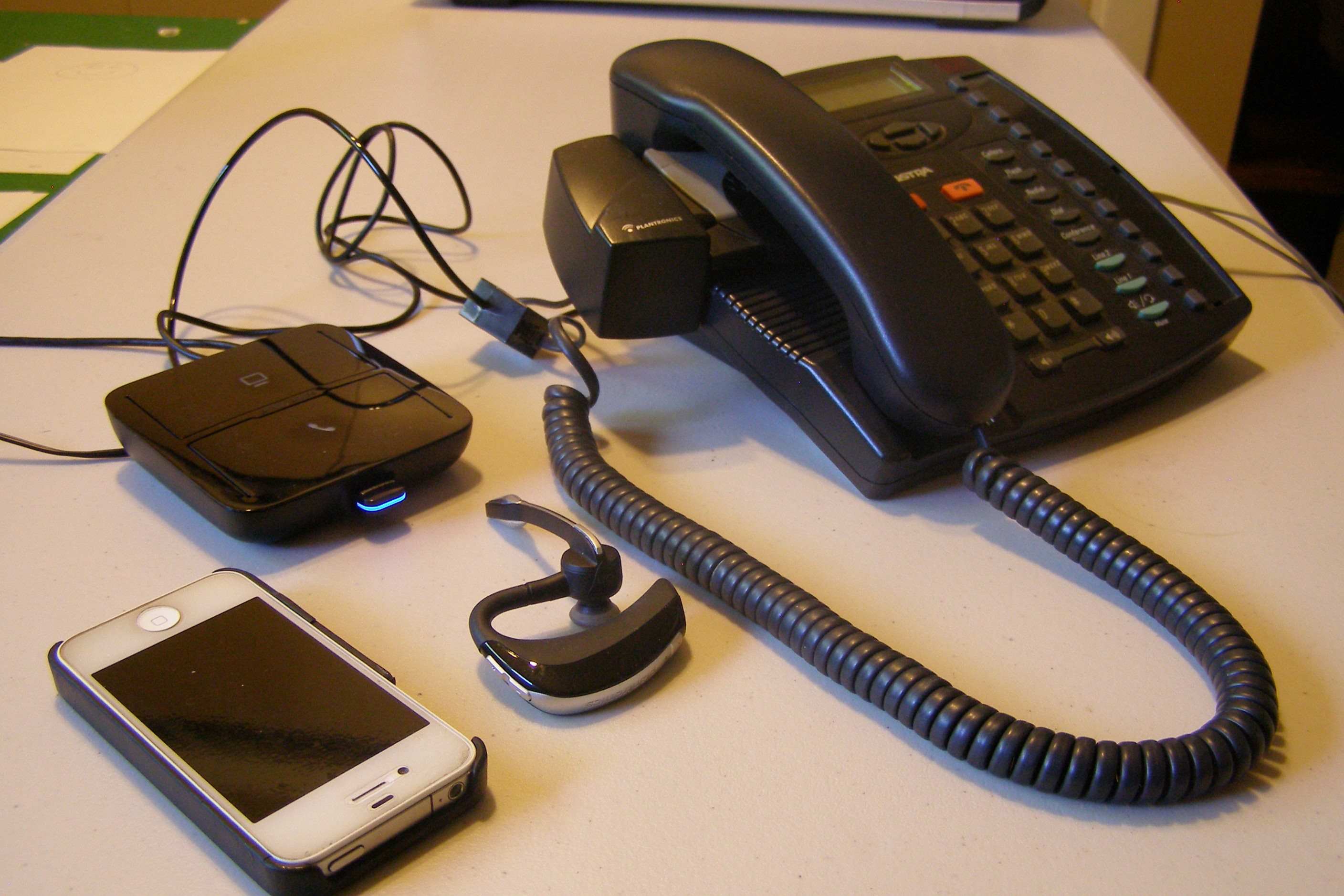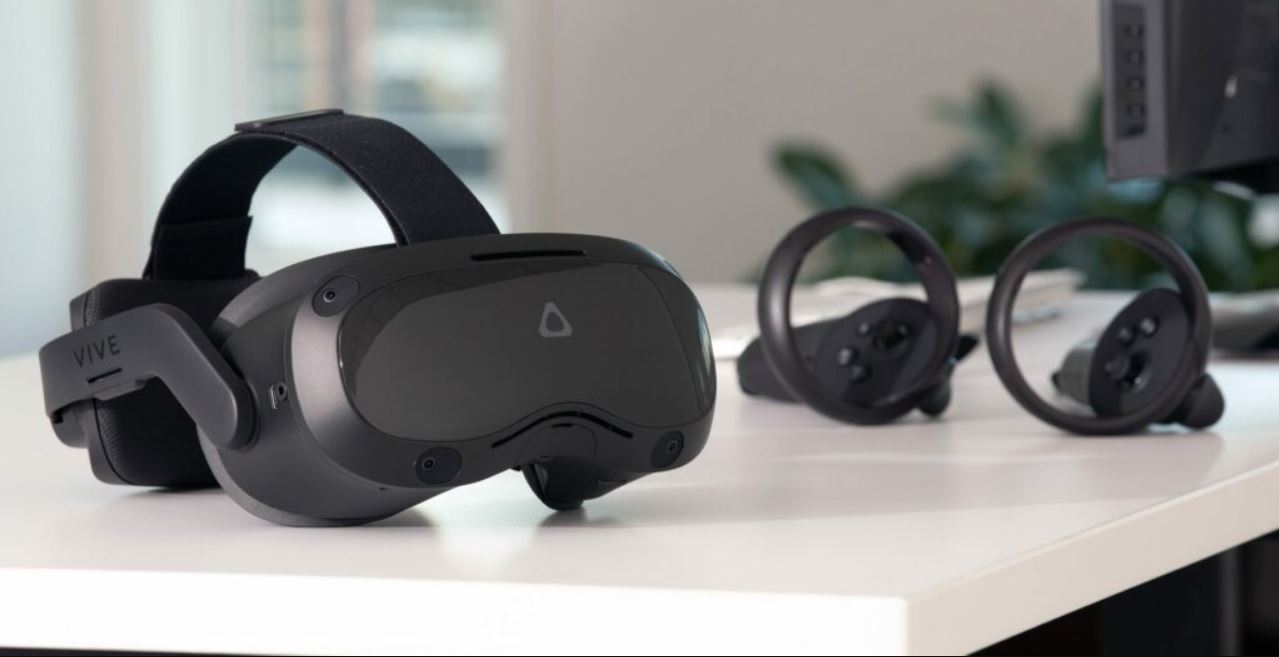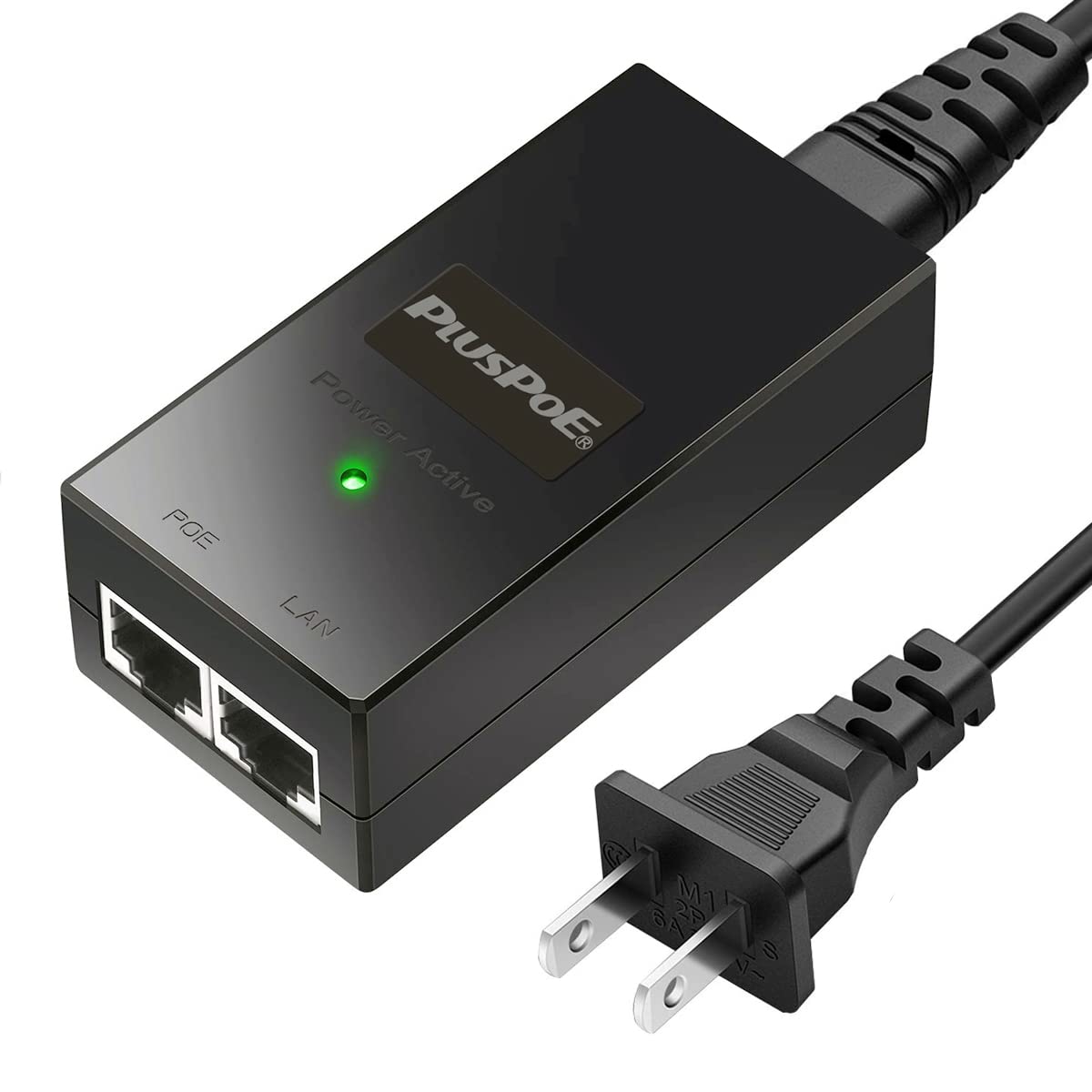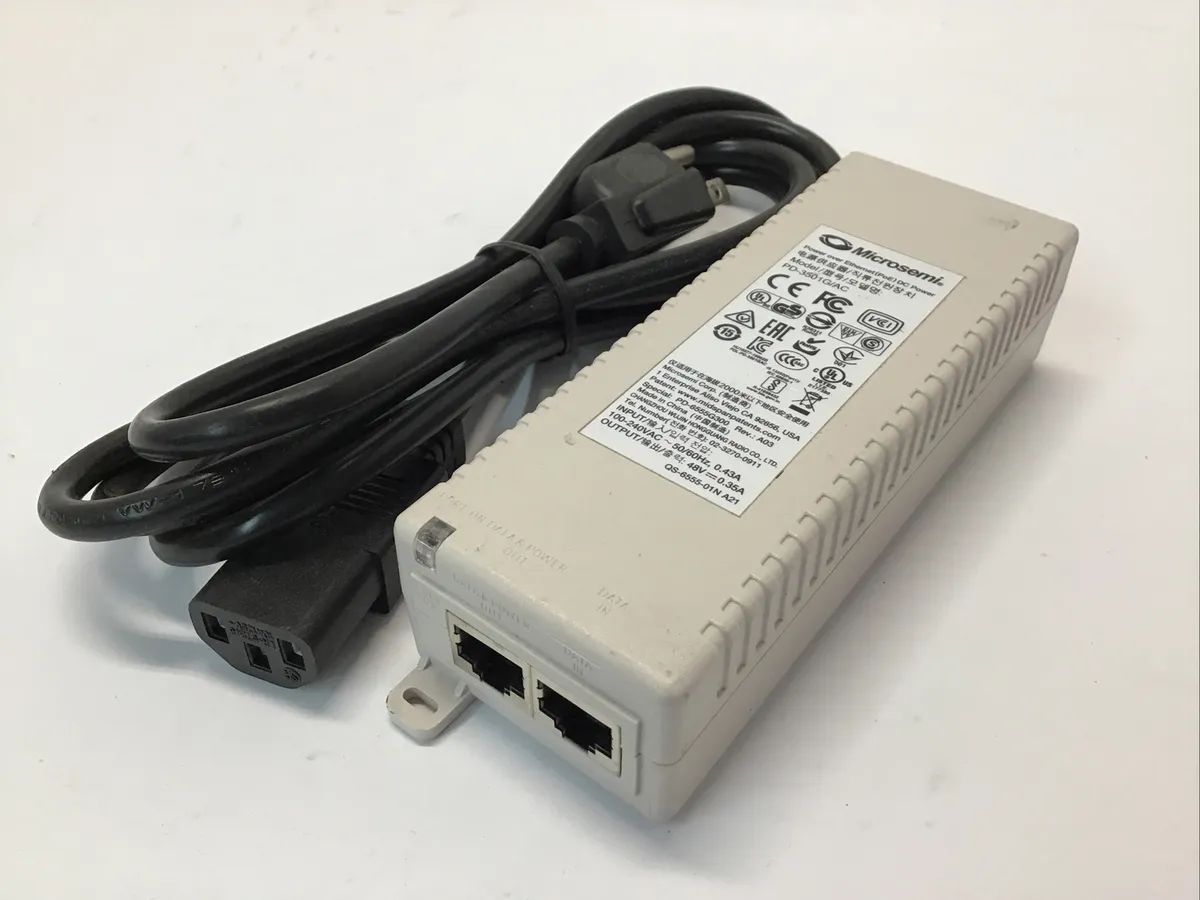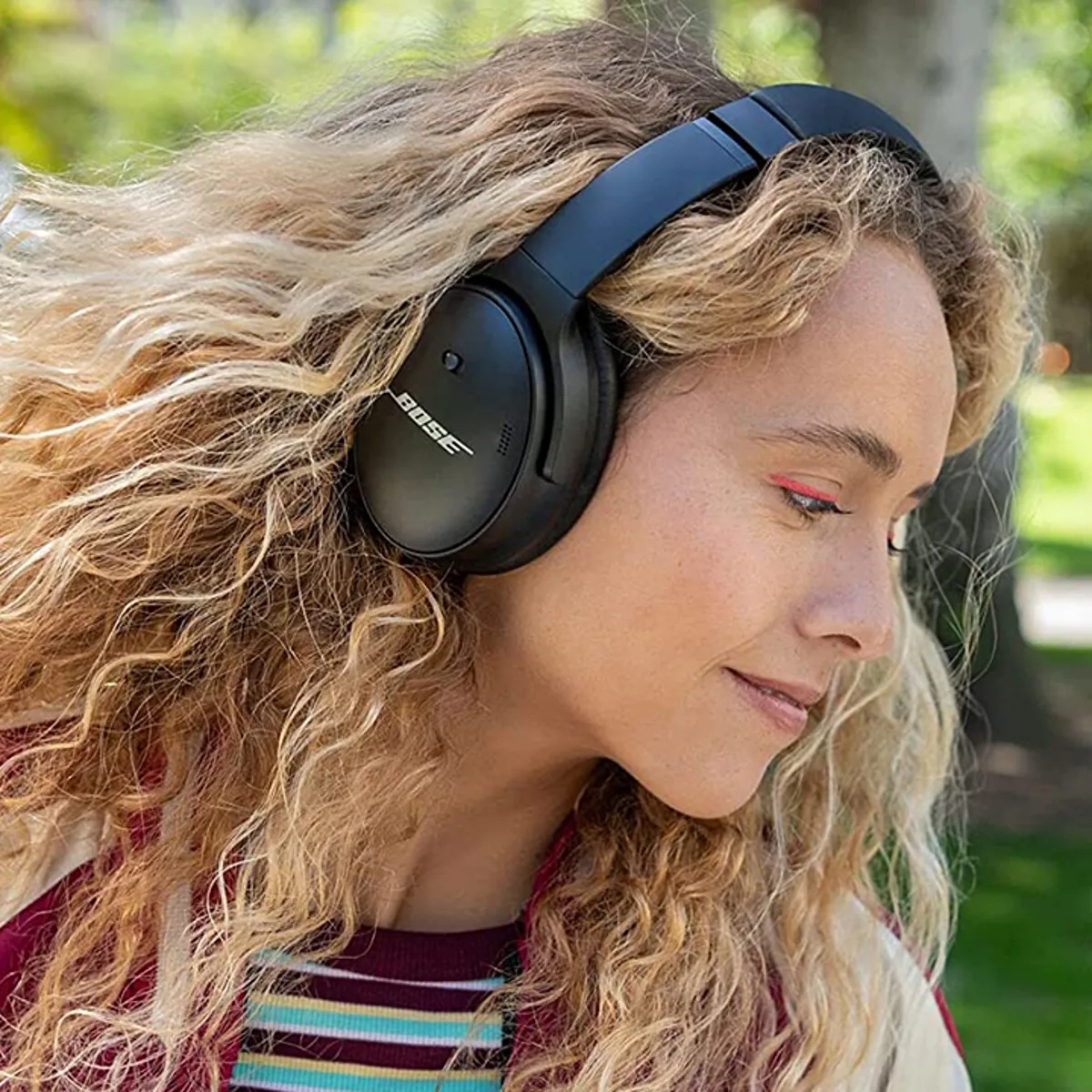Introduction
In the fast-paced world of business, communication is key. Whether you're closing a deal with a client or collaborating with your team, having a reliable and efficient communication system is crucial. Polycom phones have long been a go-to choice for businesses seeking top-notch communication solutions. With their advanced features and user-friendly interface, Polycom phones offer a seamless communication experience.
One essential aspect of using a Polycom phone is ensuring compatibility with various accessories, such as wireless headsets. A wireless headset can significantly enhance your productivity and comfort during phone calls, allowing you to move freely while staying connected. However, not all wireless headsets are compatible with Polycom phones out of the box. Understanding the intricacies of Polycom phone compatibility and how to connect a wireless headset is vital for maximizing the potential of these devices.
In this comprehensive guide, we will delve into the world of Polycom phone compatibility and explore the process of connecting a wireless headset to a Polycom phone. By the end of this article, you will have a clear understanding of how to seamlessly integrate a wireless headset with your Polycom phone, empowering you to communicate effectively and efficiently in your professional endeavors.
Understanding Polycom Phone Compatibility
Polycom phones are renowned for their versatility and advanced communication features, making them a popular choice for businesses of all sizes. When it comes to compatibility, Polycom phones are designed to work seamlessly with a wide range of accessories, including wireless headsets. However, ensuring compatibility between a Polycom phone and a wireless headset requires a clear understanding of the technical specifications and compatibility standards.
Polycom phones utilize various connectivity options, such as Bluetooth, USB, and traditional analog connections, to accommodate different accessories. When assessing compatibility with a wireless headset, it's essential to consider the specific model of the Polycom phone and the compatibility requirements of the wireless headset. Some Polycom phone models may have built-in Bluetooth capabilities, allowing for direct pairing with Bluetooth-enabled wireless headsets. Alternatively, other models may rely on USB or analog connections for headset compatibility.
Furthermore, understanding the communication protocols and standards supported by Polycom phones is crucial for ensuring seamless compatibility with wireless headsets. Polycom phones often adhere to industry-standard protocols, such as DECT (Digital Enhanced Cordless Telecommunications) and EHS (Electronic Hook Switch), which play a pivotal role in establishing compatibility with wireless headsets. DECT-compatible wireless headsets offer a reliable and interference-free communication experience, making them an ideal choice for Polycom phone users seeking enhanced mobility during calls. On the other hand, EHS-compatible headsets enable users to answer and end calls remotely, further streamlining the communication process.
In addition to hardware compatibility, Polycom phones may require firmware updates to support specific wireless headset models fully. Staying informed about the latest firmware releases and compatibility updates from Polycom ensures that your phone is equipped to integrate seamlessly with a diverse range of wireless headsets, empowering you to leverage the latest advancements in communication technology.
By gaining a comprehensive understanding of Polycom phone compatibility, including connectivity options, communication protocols, and firmware considerations, users can make informed decisions when selecting a wireless headset for their Polycom phone. This knowledge equips businesses and professionals with the ability to harness the full potential of their Polycom communication systems, fostering efficient and productive communication experiences.
In the next section, we will explore the step-by-step process of connecting a wireless headset to a Polycom phone, empowering users to leverage the benefits of hands-free communication seamlessly.
Connecting a Wireless Headset to a Polycom Phone
Connecting a wireless headset to a Polycom phone is a straightforward process that varies based on the specific model of the phone and the compatibility features of the wireless headset. Whether you opt for a Bluetooth-enabled headset or a device that utilizes USB or analog connections, the following steps will guide you through the seamless integration of your wireless headset with your Polycom phone.
Step 1: Identify Compatibility
Before proceeding with the connection process, it's crucial to ensure that the wireless headset you intend to use is compatible with your Polycom phone. Refer to the user manual or specifications of both the phone and the headset to verify compatibility. Pay close attention to the supported connectivity options, such as Bluetooth, USB, or analog, to determine the most suitable method for connecting the headset to your Polycom phone.
Step 2: Bluetooth Pairing (If Applicable)
If your Polycom phone and wireless headset both support Bluetooth connectivity, begin by activating the Bluetooth feature on your phone. Access the Bluetooth settings on your Polycom phone and enable the pairing mode. Next, initiate the pairing process on your wireless headset according to its user manual. Once the devices discover and recognize each other, follow the on-screen prompts to complete the pairing process. Upon successful pairing, your wireless headset is now connected to your Polycom phone via Bluetooth, allowing for convenient hands-free communication.
Step 3: USB or Analog Connection
For wireless headsets that utilize USB or analog connections, start by identifying the corresponding ports on your Polycom phone. If your phone features a USB port designed for headset connectivity, simply plug the USB connector of the headset into the port. Alternatively, if your headset utilizes an analog connection, locate the appropriate headset jack on your Polycom phone and insert the headset's analog connector into the jack. Once the physical connection is established, your wireless headset is ready to be used with your Polycom phone.
Step 4: Configuration and Testing
After connecting the wireless headset to your Polycom phone, it's essential to configure the audio settings to ensure optimal performance. Access the phone's settings menu and navigate to the audio or headset settings section. Verify that the phone recognizes the connected headset and adjust the audio output settings as needed. Once configured, make a test call to confirm that the wireless headset functions seamlessly with your Polycom phone, allowing you to communicate with clarity and freedom of movement.
By following these steps, you can successfully connect a wireless headset to your Polycom phone, unlocking the benefits of hands-free communication and enhanced mobility during calls. Whether you prefer the convenience of Bluetooth connectivity or the reliability of USB or analog connections, integrating a wireless headset with your Polycom phone empowers you to communicate effectively and comfortably in various professional settings.
Troubleshooting Common Issues
When integrating a wireless headset with a Polycom phone, users may encounter common issues that can hinder the seamless functionality of the headset-phone combination. By identifying and troubleshooting these issues, users can ensure a smooth communication experience. Here are some common problems and their troubleshooting steps:
1. Connectivity Problems
If the wireless headset fails to establish a stable connection with the Polycom phone, start by verifying the compatibility of the headset with the phone. Ensure that both devices support the same connectivity standards, such as Bluetooth, USB, or analog connections. If using Bluetooth, check for interference from other nearby devices and ensure that the headset is within the recommended range of the phone. For USB or analog connections, inspect the cables and ports for any damage or debris that may impede the connection.
2. Audio Quality Issues
Poor audio quality during calls can be attributed to various factors, including signal interference, low battery levels in the headset, or incompatible audio settings. Begin by checking the battery status of the wireless headset and recharging it if necessary. If using a Bluetooth headset, ensure that the phone and headset are within close proximity to maintain a strong and clear signal. Adjust the audio settings on the Polycom phone to optimize the audio output for the connected headset, ensuring balanced sound levels and clarity during calls.
3. Firmware and Software Updates
Outdated firmware or software on the Polycom phone or the wireless headset can lead to compatibility issues and performance limitations. Check for firmware updates for both devices and follow the manufacturer's instructions to install the latest updates. Firmware updates often address connectivity issues, audio enhancements, and overall compatibility improvements, ensuring a more stable and reliable connection between the Polycom phone and the wireless headset.
4. Interference and Environmental Factors
External interference from Wi-Fi routers, electronic devices, or physical obstructions can disrupt the connectivity between the Polycom phone and the wireless headset. Minimize potential sources of interference by relocating the devices away from crowded Wi-Fi channels and electronic equipment. Additionally, ensure that the wireless headset is used in a relatively quiet environment to optimize call clarity and minimize background noise.
5. Compatibility Verification
If persistent issues arise, double-check the compatibility of the wireless headset with the specific model of the Polycom phone. Refer to the manufacturer's documentation and support resources to confirm that the headset is explicitly designed for use with the designated Polycom phone model. In some cases, using a headset that is not fully compatible with the phone can result in erratic behavior and performance issues.
By addressing these common issues and implementing the corresponding troubleshooting steps, users can overcome challenges related to wireless headset integration with Polycom phones, ensuring a reliable and efficient communication experience. Identifying and resolving these issues empowers users to fully leverage the benefits of hands-free communication and mobility, enhancing productivity and convenience in professional settings.
Conclusion
In conclusion, the seamless integration of a wireless headset with a Polycom phone offers significant advantages in the realm of professional communication. By understanding the nuances of Polycom phone compatibility and the process of connecting a wireless headset, users can enhance their productivity, mobility, and overall communication experience.
The compatibility considerations for Polycom phones, including connectivity options, communication protocols, and firmware updates, underscore the importance of informed decision-making when selecting a wireless headset. Whether opting for Bluetooth-enabled headsets, USB connections, or analog interfaces, users can tailor their choice of wireless headset to align with the specific compatibility features of their Polycom phone, ensuring a harmonious integration that maximizes functionality.
The step-by-step process of connecting a wireless headset to a Polycom phone elucidates the simplicity and versatility of this integration. From Bluetooth pairing to USB or analog connections, users can navigate the connection process with confidence, culminating in a hands-free communication solution that promotes efficiency and freedom of movement during calls.
Furthermore, the troubleshooting insights provided offer valuable guidance for addressing common issues that may arise when integrating a wireless headset with a Polycom phone. By proactively identifying and resolving connectivity problems, audio quality issues, firmware updates, interference factors, and compatibility verification, users can mitigate potential challenges and optimize the performance of their wireless headset-Polycom phone combination.
Ultimately, the ability to seamlessly connect a wireless headset to a Polycom phone empowers professionals and businesses to elevate their communication capabilities. Whether conducting important client calls, participating in collaborative meetings, or simply multitasking while on the phone, the hands-free convenience and enhanced mobility afforded by a wireless headset contribute to a more efficient and comfortable communication experience.
In the dynamic landscape of modern business communication, the integration of a wireless headset with a Polycom phone represents a strategic investment in productivity and convenience. By leveraging the insights and guidance presented in this comprehensive guide, users can harness the full potential of their Polycom communication systems, fostering seamless and effective communication in diverse professional environments.







